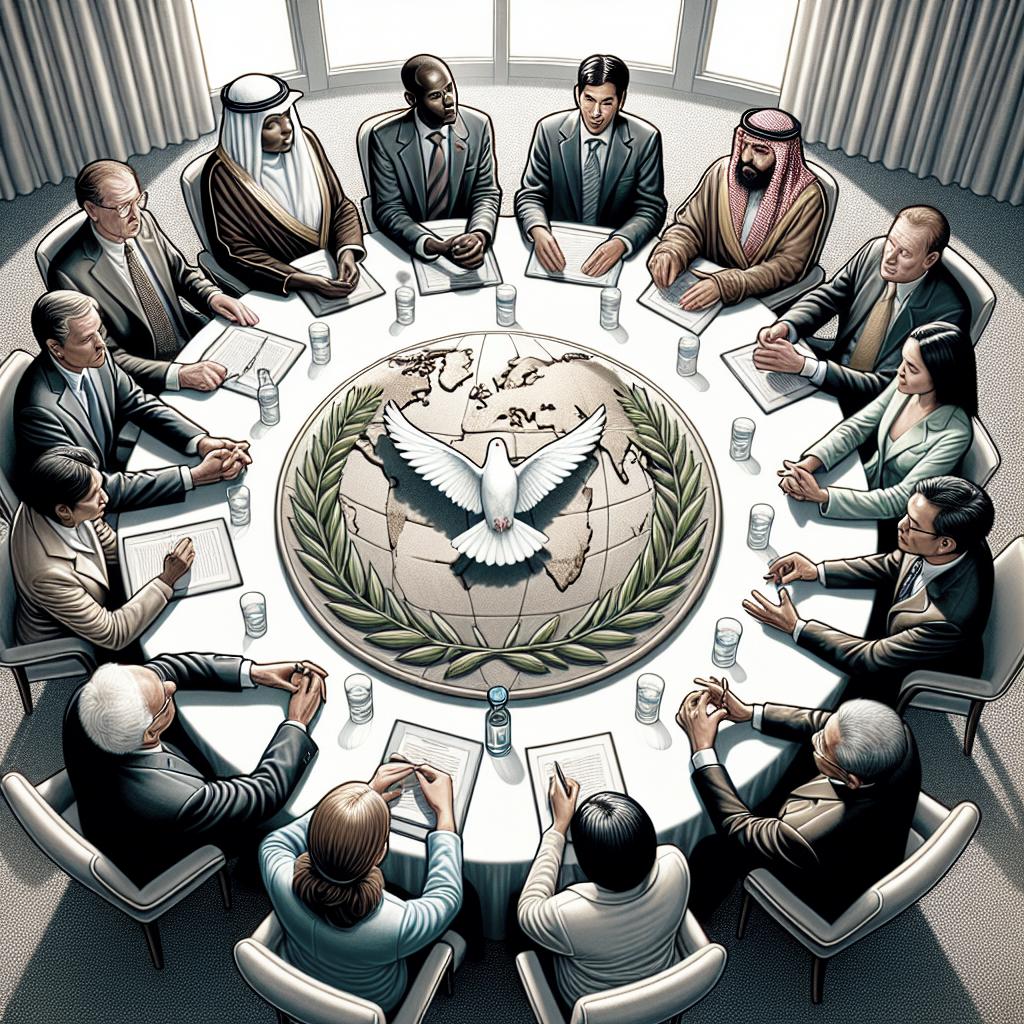“`html
Conflict Resolution Methods in NGOs
Conflict is an inevitable aspect of human interaction, and NGOs, being collaborative phenomena, face their fair share of disputes. The methods and strategies employed to address these conflicts effectively can greatly influence an NGO’s success. This blog post delves into practical conflict resolution techniques tailored for NGOs. We’ll explore proven approaches that facilitate collaboration, maintain harmony, and ensure the focus remains on the mission. NGOs can harness these methods to enhance their internal processes and thrive despite challenges.
By Mary Anderson
Mary Anderson, a seasoned conflict resolution expert, brings her deep understanding of mediation strategies to light in this comprehensive article. With over two decades of experience working alongside NGOs, Mary offers valuable insights into creative and practical solutions for overcoming organizational conflicts. Her expertise sheds light on how NGOs can navigate complex interpersonal and group disputes, ensuring a smooth and effective path toward achieving their objectives. Drawing upon real-world examples and innovative techniques, Mary’s contributions in this area are indispensable for any NGO striving for coherence and collaboration in its ranks.
Use these proven conflict resolution strategies in your conflict management efforts.
One effective strategy for conflict resolution in NGOs is active listening. By fostering an environment where team members feel heard and understood, organizations can bridge divides and promote more fluid communication. Active listening involves not only hearing words but also understanding the emotions and intentions behind them, which can help in identifying the root causes of conflicts.
Another strategy is mediation, which involves a neutral third party to facilitate discussions between conflicting parties. This method can be particularly useful in NGOs where power dynamics can sometimes hinder direct communication. By having a mediator present, misunderstandings can be clarified, and common ground can be found, leading to mutually beneficial resolutions.
Related Posts
- The Role of Emotional Intelligence in NGOs
- Building Stronger Teams in Non-Profit Organizations
- Enhancing Communication Skills for Better Collaboration
Related Posts
- The Importance of Leadership in Conflict Management
- Leveraging Team Dynamics for Success in NGOs
- Cultivating an Inclusive Culture in Non-Profits
Summary of
The blog post offers a detailed examination of methods for resolving conflicts within NGOs, with a focus on strategies such as active listening and mediation. These methods aim to address a variety of conflicts in a structured manner to ensure organizational harmony. By applying these techniques, NGOs can effectively manage disputes, facilitating an environment conducive to achieving their goals. This article serves as a practical guide for NGO leaders and team members looking to enhance their conflict resolution skills.
This Article Summary written by: Tanya Glaser, Conflict Research Consortium.
Tanya Glaser, affiliated with the Conflict Research Consortium, provides a robust summary that underscores the importance of organizational well-being through effective conflict management. Her critical analysis highlights the significance of each discussed strategy, offering evidence-based insights into their practical application within NGOs. Tanya’s contribution enriches the understanding of these methodologies and aids NGOs in refining their conflict management efforts to foster more effective collaboration.
Lessons Learned
| Strategy | Benefits |
|---|---|
| Active Listening | Promotes understanding and clear communication, addressing the root of conflicts. |
| Mediation | Offers a neutral ground for resolving disputes, clarifying misunderstandings and building consensus. |
“`


